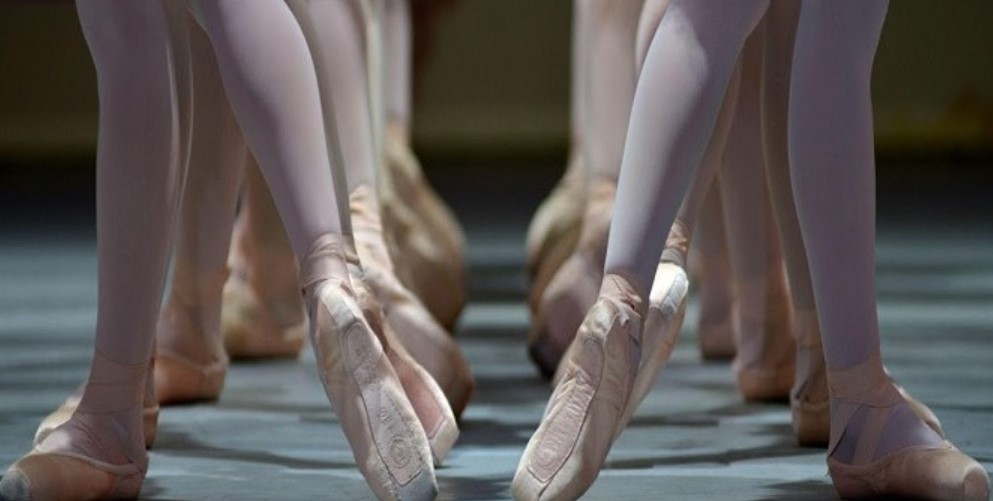Have you ever noticed someone walk with a curved or twisted foot? It may be a sign of a common foot condition called sickled foot. Also known as Pied en , a sickled foot is a deformity that affects the shape of the foot, causing it to twist or curve inwards, outwards, or upwards. Despite being a relatively common condition, many people are unaware of what a sickled foot is and how it can be treated. In this article, we explain everything you need to know about sickled foot – its causes, symptoms, diagnosis, and treatments.
What is a sickled foot?
A sickled foot is a deformity that causes the foot to twist or curve abnormally. It can occur in different forms, depending on the way it twists or curves. The most common type of sickled foot is the inwardly curved foot, where the foot twists towards the big toe. Other types of sickled foot include the outwardly curved foot, where the foot twists towards the little toe, or the upwardly curved foot, where the foot arches excessively.

Causes and risk factors of sickled foot
Sickled foot can be caused by a variety of factors, including genetic factors, accidents, and poor footwear. It is often a hereditary condition, meaning that it runs in families. Some people may be born with a sickled foot, while others may develop it later in life due to injury or poor shoe choices. Certain medical conditions that affect the bones or muscles of the feet, such as cerebral palsy or spina bifida, can also increase the risk of developing a sickled foot.
Signs and symptoms of sickled foot
The most obvious sign of a sickled foot is the twisting or curving of the foot. Depending on the type of sickled foot, it may also cause pain, discomfort, or difficulty walking. Some people with sickled foot may have trouble finding comfortable shoes that fit properly. In some cases, sickled foot may also lead to other foot problems, such as calluses, corns, or bunions.
Diagnosing sickled foot
If you suspect that you or someone you know may have a sickled foot, it is important to see a doctor or podiatrist for an evaluation. The doctor will examine the foot and may order X-rays or other imaging tests to get a better look at the underlying bones and joints. This can help to determine the type and severity of the sickled foot, which can guide treatment options.
Treatment options for sickled foot
The treatment for sickled foot depends on the type and severity of the condition. In mild cases, simply changing footwear or using orthotics, such as shoe inserts, may be enough to alleviate symptoms. In more severe cases, surgery may be necessary to realign the twisted bones and joints of the foot. Physical therapy or exercise may also be helpful in strengthening the foot muscles and improving mobility.
Preventing sickled foot
While sickled foot is often a hereditary condition that cannot be prevented entirely, there are steps you can take to reduce your risk of developing it. Wearing comfortable, well-fitting shoes with proper arch support can help to protect your feet from injury and prevent the development of sickled foot. Maintaining a healthy weight and engaging in regular exercise can also help to keep your feet strong and healthy.
Conclusion:
A sickled foot is a common foot condition that can cause twisting or curving of the foot. It can be caused by a variety of factors, including genetics, injury, and poor footwear. Symptoms may include pain, discomfort, and difficulty walking, and in severe cases, surgery may be needed to correct the deformity. If you or someone you know may have a sickled foot, it is important to see a doctor or podiatrist for an evaluation and treatment recommendations. By taking steps to maintain proper foot health, you can reduce your risk of developing sickled foot and enjoy a healthier, more active life.
FAQ – What is a sickled foot?
Q1: What is a sickled foot?
A: A sickled foot is a term used in dance, particularly ballet, to describe an improper foot position where the dancer’s heel moves towards the midline of their body, causing the ankle to collapse inward and the toes to point outward. This position can lead to instability, poor alignment, and increased risk of injury.
Q2: Why is sickling considered bad technique in dance?
A: Sickling is considered bad technique in dance because it compromises proper alignment, balance, and aesthetics. When a dancer sickles their foot, they lose the straight line from their hip through their knee and ankle, making it difficult to execute movements with precision and control. Additionally, a sickled foot can appear visually unappealing and detract from the overall performance.
Q3: What are the potential consequences of dancing with a sickled foot?
A: Dancing with a sickled foot can result in several potential consequences, including:
- Increased risk of injury: Sickling puts additional strain on the ankle, knee, and hip joints, which can lead to sprains, strains, or other injuries.
- Poor balance and stability: A sickled foot compromises a dancer’s balance and stability, making it challenging to perform turns, jumps, and other movements with control.
- Hindered progress: Consistently sickling the foot can hinder a dancer’s progress, as it prevents them from developing proper technique and alignment.
Q4: How can dancers correct a sickled foot?
A: Dancers can correct a sickled foot by focusing on proper alignment and strengthening the muscles in their feet and ankles. Some strategies for correcting a sickled foot include:
- Practicing correct foot alignment at the barre or during floor exercises.
- Strengthening exercises, such as theraband exercises or relevés, to target the intrinsic muscles of the foot and ankle.
- Working with a dance teacher or physical therapist to identify and address any underlying issues contributing to the sickling.
Q5: Can a sickled foot be prevented?
A: Yes, a sickled foot can be prevented by developing proper technique, alignment, and strength from an early stage in a dancer’s training. Dance teachers should emphasize the importance of correct foot alignment during classes and provide feedback to help students identify and correct any instances of sickling. Additionally, dancers should be encouraged to incorporate strengthening exercises into their regular practice to build the necessary muscle support for maintaining proper alignment.
